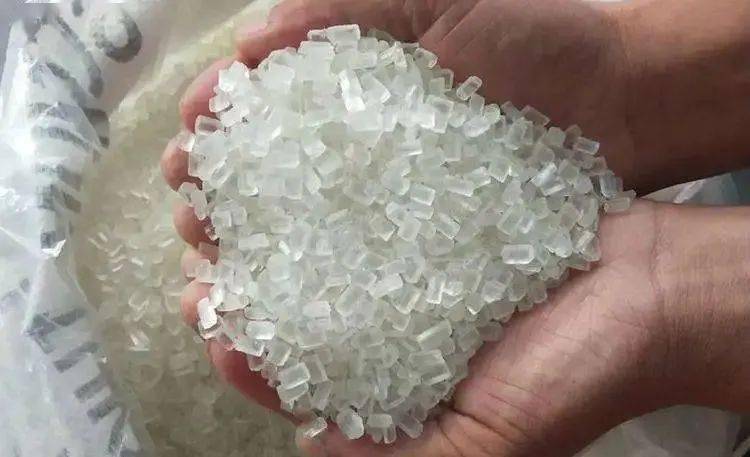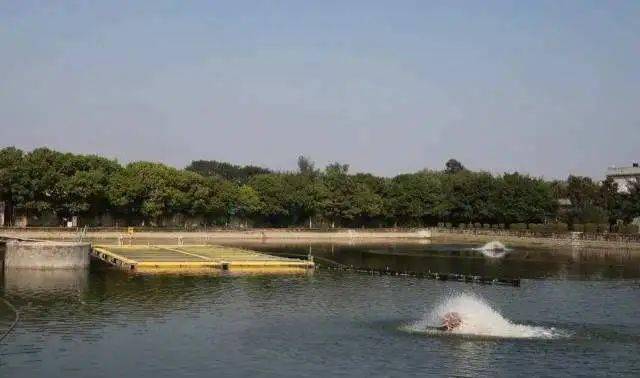Application of sodium thiosulfate in aquaculture
In the chemicals for water transfer and bottom improvement, most products contain sodium thiosulfate. It is a good medicine for regulating water quality, detoxifying and killing cyanobacteria and green algae. Next, let me show you more about sodium thiosulfate
1. Detoxification
It has a certain detoxification effect on the rescue of cyanide poisoning in fish ponds, and its good ion exchange function has a certain effect on reducing the toxicity of heavy metals in water.
It has detoxification effect on heavy metal drugs such as copper sulfate and ferrous sulfate used to kill insects. The sulfur ion of sodium thiosulfate can react with heavy metal ions to form non-toxic precipitation, so as to relieve the toxicity of heavy metal ions.
It can be used to degrade pesticide toxins. Its good reducibility can be used to degrade the toxicity of organophosphorus pesticides. Practice has proved that it is suitable for the symptoms of fish poisoning caused by excessive organophosphorus pesticides and human poisoning in fish ponds. Organophosphorus insecticides commonly used in aquatic products are Phoxim and trichlorfon, which are mainly used to kill parasites. After use, sodium thiosulfate can be used to remove the residual toxicity.
2. Degradation of nitrite
In the case of high nitrite in water, sodium thiosulfate can react with nitrite quickly and reduce the risk of poisoning caused by high nitrite concentration in water.
3. Remove residual chlorine from water
After clearing the pond, chlorine preparations such as bleaching powder will be used in some places. After three or four days of using chlorine preparations, sodium thiosulfate can react with calcium hypochlorite with strong oxidation to produce harmless chloride ions, which can be put into the pond in advance.
4. Cooling and bottom heat removal
In the season of high temperature, due to continuous high temperature, the bottom water of the pond is often heated in the first and middle of the night, which is also one of the causes of hypoxia at night and in the early morning. When the bottom water of the pond is heated, it can be solved by using sodium thiosulfate. Generally, it can be sprinkled directly in the evening, but because the dissolved oxygen may be reduced after the use of sodium thiosulfate, it should be used in combination with oxygenant as much as possible.
5. Treatment of black water and red water caused by inverted algae
Due to the adsorption and complexation of sodium thiosulfate, it has strong water purification effect. After pouring algae, the dead algae are decomposed into various macromolecules and small molecules of organic matter, making the water look black or red. Sodium thiosulfate has a complexation effect, which can complexate these macromolecules and small molecules of organic matter, so as to achieve the effect of treating black water and red water.
6. Water quality improvement
It is used to improve the water quality of the pond. 1.5g sodium thiosulfate is used for each cubic meter of water body splashed in the whole pond, that is, 1000g (2 kg / mu) is used for each meter of water depth.
Generally, the use of sodium thiosulfate before bottom modification has auxiliary effects, one is to detoxify, the other is to adsorb and increase the transparency of water body.
The regular use of sodium thiosulfate in aquaculture water body can significantly improve the total alkalinity of water body and increase the stability of water body, especially before and during rain, which can effectively prevent the occurrence of water turbidity after rain.
7. Limit the generation of hydrogen sulfide in ponds
We know that the higher the content of hydrogen sulfide is at high temperature and acidic water (low pH). The pH value of normal aquaculture ponds is generally alkaline (7.5-8.5). Sodium thiosulfate belongs to strong alkali and weak acid salt. After hydrolysis, it is alkaline, which will increase the pH value of the water body, increase the stability of the water body, and limit the production of hydrogen sulfide to a certain extent.
Other conditions applicable to sodium thiosulfate
1. Treatment of muddy and white water.
2. Used before and during rain, it can play a significant role in stabilizing water and prevent algae pouring and water turbidity after rain.
3. Remove halogen residues such as chlorine dioxide and bleaching powder. At the same time, it can also be used for detoxification of organophosphorus pesticides, cyanide and heavy metals.
4. Used for swimming and landing of shrimp and crab caused by bottom heat in the middle of the night; However, in case of hypoxia in the second half of the night, it is necessary to cooperate with the use of oxygenation bottom modification and granular oxygen, and can not rely on sodium thiosulfate alone for hypoxia first aid.
5. Sodium thiosulfate can be used for auxiliary cleaning of yellow and black bottom plates of river crab.
Precautions for using sodium thiosulfate
1. Do not use the floating head caused by algae pouring, floating head, cloudy and rainy days and high ammonia nitrogen as far as possible to prevent accidental losses. It can be used even in adverse weather, but it is better to use it in combination with oxygenant or open the oxygenator as far as possible.
2. When sodium thiosulfate is used in seawater, the water body may become turbid or blackened, which is a normal phenomenon.
3. Sodium thiosulfate shall not be stored or mixed with strong acidic substances.
Post time: May-20-2022


